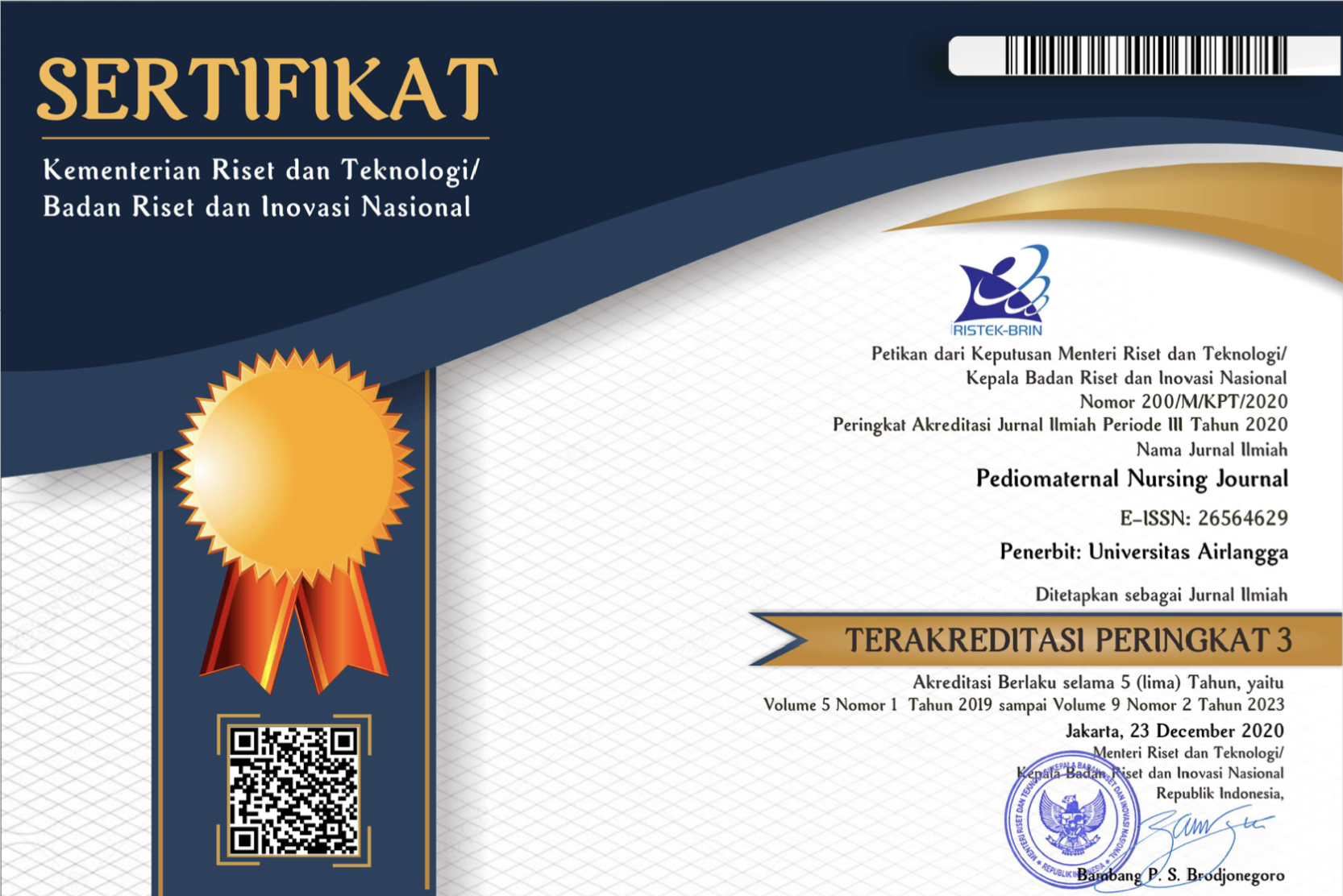The relationship between perceived self-efficacy and cervical cancer screening among health care providers

Downloads
Introduction: Cervical cancer ranks second worldwide as a disease that causes death in women. Healthcare providers
have low cervical cancer screening behavior with the Pap smear method. This study aimed to analyze the relationship
between perceptions of self-efficacy and the behavior of cervical cancer screening using the Pap Smear method for health
care providers.
Methods: This descriptive observational study, namely case cross-sectional design, was applied in this study. The
population in this study were all female healthcare providers at the Gotong Royong Hospital in Surabaya. The sampling
method is purposive sampling. The sample in this study was 51 respondents who met the inclusion criteria. The independent
variable in this study is perceived self-efficacy, using a questionnaire. The dependent variable is the screening behavior of
the pap smear method using the questionnaire.
Results: The results of the analysis test were 0.866 > 0.05, which means there is no relationship between perceived
self-efficacy on cervical pap smear cancer screening behavior. Spearman Rank test p> 0.05, which means there is no
relationship between perceptions of self-efficacy and healthcare providers' screening behavior for cervical smears.
Conclusion: There is no relationship between self-efficacy on the behavior of cervical cancer screening using the Pap
smear method. Individual intrinsic and extrinsic factors are things that influence screening behavior. So, it is necessary to
do other research on the factors influencing screening behavior, both intrinsic (demographics, health beliefs, emotional,
and contextual) and extrinsic (husband support, peer support and education).
Keywords: cervical cancer; medical personnel; pap smear; paramedics
Copyright (c) 2023 Linda Juwita, Pertiwi Perwiraningtyas, Ninda Ayu Prabasari

This work is licensed under a Creative Commons Attribution 4.0 International License.
1. The journal allows the author to hold the copyright of the article without restrictions.
2. The journal allows the author(s) to retain publishing rights without restrictions.
3. The legal formal aspect of journal publication accessibility refers to Creative Commons Attribution (CC BY).





















